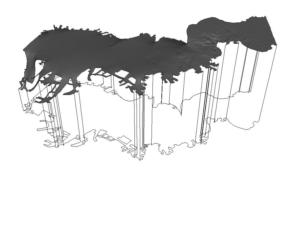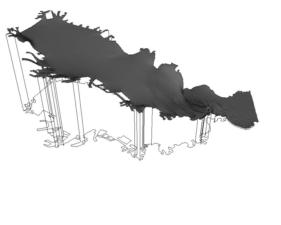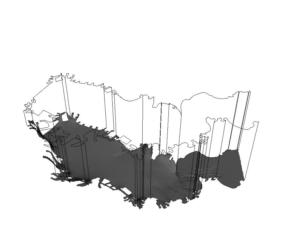


Figure 8: Tidal flow in Tokyo bay: Water elevation at high-, mid- and low-tide conditions.
|
Figure 8: Tidal flow in Tokyo bay: Water elevation at high-, mid- and low-tide conditions. | An important subset of hydrodynamic flows can be usefully and efficiently modeled by a simplified form of Navier-Stokes equations, namely, the Shallow Water Equations (SWE) approximation. The reduction in computational costs afforded by the SWE approach is especially important for ocean and estuary simulations, which typically involve large domains and large number of time steps. The finite element technique, when applied to SWE, allows the use of graded meshes, with high resolution in shallow shore regions, and lower resolution in the deeper off-shore areas. The formulation used here evolved from the conservation-variable formulation of Navier-Stokes equations of compressible flows. The water elevation and the two components of the flux comprise the unknown variables. The formulation is stabilized via SUPG terms and includes discontinuity capturing. Time discretization is again accomplished using a space-time technique, which simplifies handling of deforming domains, such as occur in water inundation modeling. One of the applications of this method is the simulation of tidal flow in the Tokyo bay. Figure 8 shows, at high-, mid- and low-tide conditions, the magnified water elevation in the bay. The ocean boundary is the straight boundary edge visible on the right. |